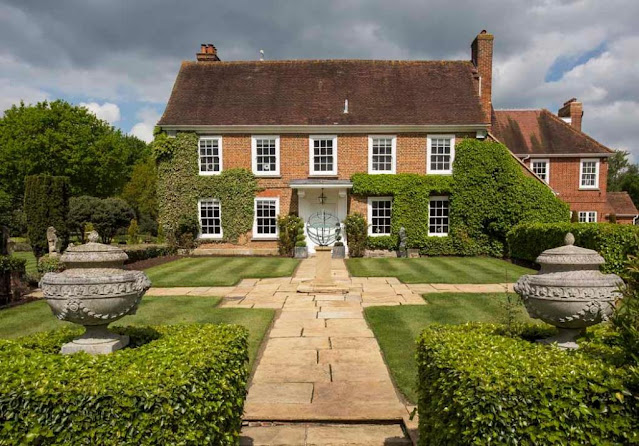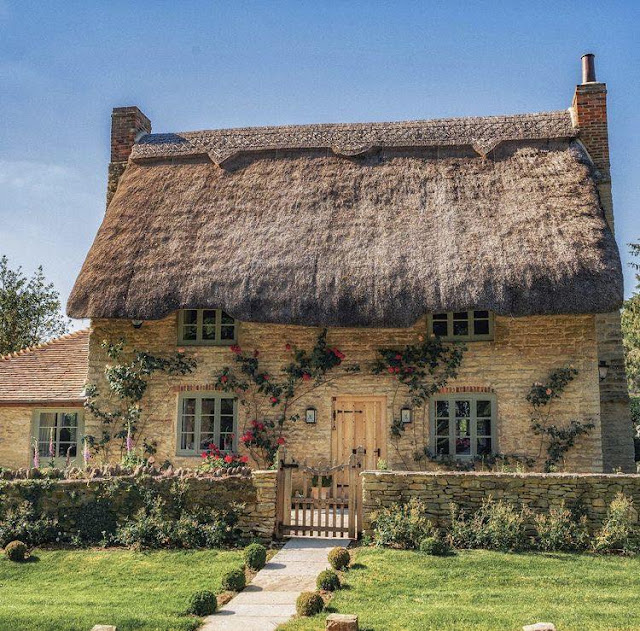Chilham Castle, Kent
“A truly magnificent house with an extensive history dating back to 1174.
Boasting its own Taittinger planted vineyard, parkland, lakes and extensive equestrian facilities.
At the heart of the Kent Downs Area of Outstanding Natural Beauty this Grade I listed property is surely one of the finest properties on the market today.”
Brochure:
A truly magnificent property in a landscape of extraordinary beauty, Grade I listed Chilham Castle is unquestionably one of the finest houses in the south-east of England. In remarkable condition, not only is it architecturally outstanding, it is also an exceptionally comfortable family home.
Wikipedia entry:
The polygonal keep of the Norman Castle, the oldest building in the village, dates from 1174 and is still inhabited - making it perhaps one of the oldest dwellings in the UK. It was said to have been built for King Henry II. But archaeological excavations carried out in the 1920s suggest that it stands on the foundations of a much older Anglo-Saxon fortification, possibly dating from the seventh century. In June 1320, Chilham Castle was the venue for a splendid reception hosted by Bartholomew de Badlesmere for Edward II and his entourage when they were travelling to Dover en route for France.
The Jacobean building, within sight of the "Old Castle" (the keep), was completed in 1616 for Sir Dudley Digges on a hexagonal plan, with five angled ranges and the sixth left open. It has battlemented parapets, clustered facetted columnar brick chimneys and corner towers with squared ogee cappings. 
The Victorian tradition that this bold but vernacular house was designed by Inigo Jones is not credited by architectural historians. Indeed, Nicholas Stone, a master mason who had worked under Jones\" direction at Holyrood Palace in 1616, and at the Whitehall Banqueting House, was commissioned to add a funerary chapel to Chilham church for Sir Dudley Digges, to contain Stone\"s funerary monument to Lady Digges, in 1631–32; if any traces of the manner of Jones were discernible at Chilham Castle, Nicholas Stone might be considered as a candidate. It is, nevertheless, one of the finer mansions in the south-east of England and commands exceptional views across the valley of the River Stour, Kent.

The gardens, said originally to have been laid out by John Tradescant the elder, were redesigned twice in the eighteenth century. First, under the London banker James Colebrooke (who bought the estate from the Digges family) fine vistas were created stretching to the river and then, under Thomas Heron (who acquired the estate from Colebrooke\"s son Robert), Capability Brown made further recommendations for change, some of which were implemented.
Chilham Castle was purchased by James Wildman in 1794[8] and in 1816 was inherited by his son James Beckford Wildman, who sold it in 1861, because of falling income after emancipation of the slaves on the family estates in the West Indies. Plans of Chilham showing some of the substantial changes made to the building by David Brandon for Charles Hardy in 1862 and by Sir Herbert Baker for mining magnate Sir Edmund and Lady Mary Davis in the early nineteen twenties are conserved in the Victoria & Albert Museum.
https://www.chilham-castle.co.uk/
Chilham Castle, CT4
https://www.rightmove.co.uk/property/105907916
To follow, watch, read or like please click below for access to all my social media channels:
👉A Country Agent👈
Or scan the QR code:


















Comments
Post a Comment